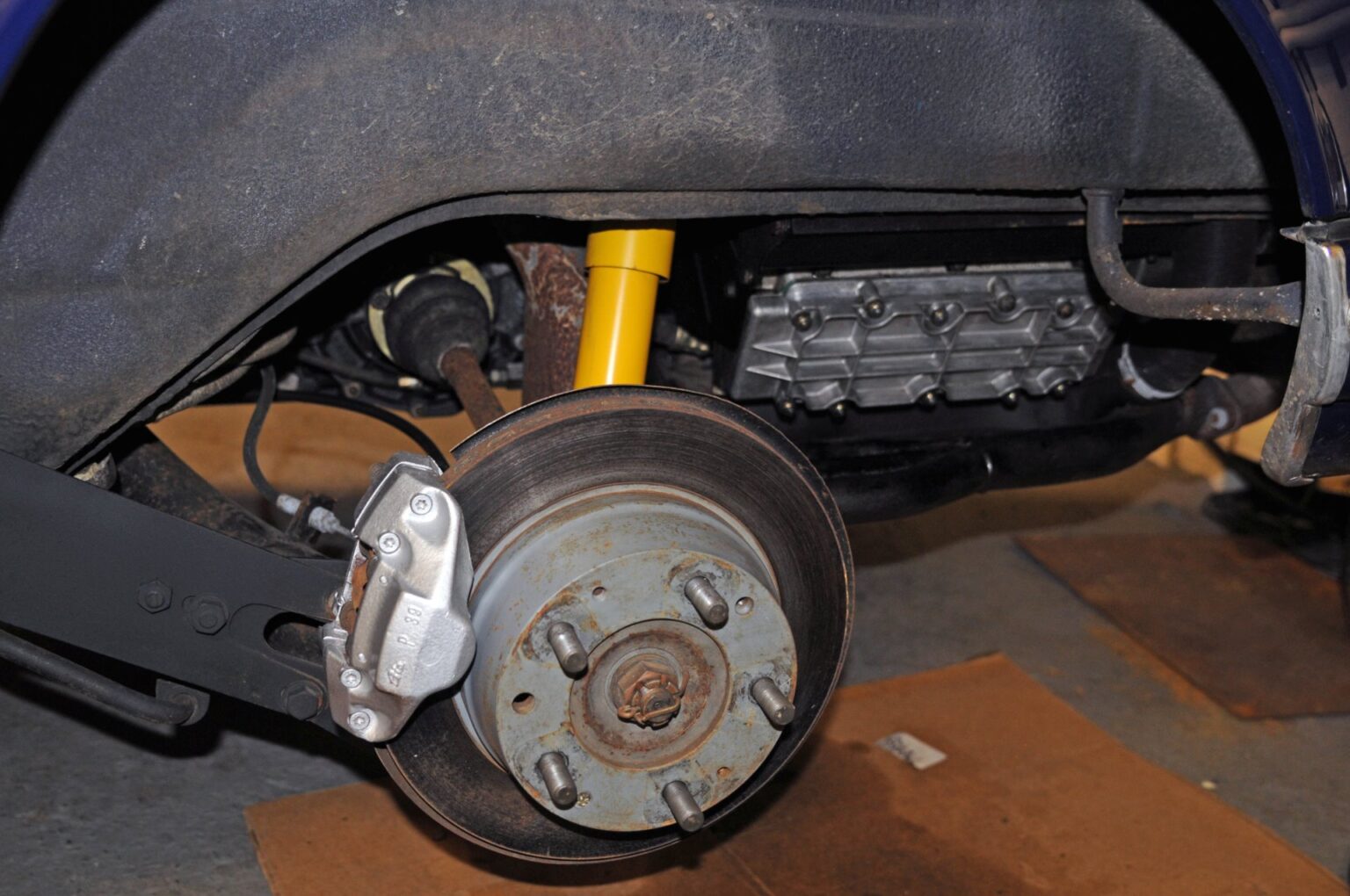

- Bad brake caliper symptoms professional#
- Bad brake caliper symptoms free#
Here is a more detailed list of the signs of worn or bad brake pads to look for: 1.

It can also cause a spongy brake pedal in some cases.īecause of the importance of the brake pads, there are a lot of symptoms that could occur. In many newer car models, you will also notice a wear indicator on your dashboard when the brake pads are worn. The most common symptom of worn brake pads is grinding or squealing noises when braking.
Bad brake caliper symptoms free#
problems? Schedule a free brake repair estimate now.Brake Pads Replacement Cost Symptoms Of Worn or Bad Brake Pads.Contact us today to experience our top-of-the-line customer service and transparent repair procedures.
Bad brake caliper symptoms professional#
Our brake repair services are performed by highly certified and professional specialists who have extensive expertise in dealing with car brake repair. If faced with any signs that the brake calipers are worn or failing, you should seek professional consultation immediately as failed brakes can lead to severe damage, injury, or even death.įortunately, NuBrakes offers a wide range of services to its clients, including brake inspection and servicing. It is important to identify any problems quickly to prevent more serious destruction. Ignoring any of the above signs could lead to damage to your vehicle which can prove costly to repair. This is not a common problem, but if this happens, do not drive the vehicle because the brakes could lock up entirely.
Hearing a clunking sound when engaging the brakes can mean the brackets that hold calipers in place may be broken or otherwise defective. It is essential to take your vehicle to a repair shop because further damage can cause the brakes to lock completely. A high-pitched squeal when braking can mean trouble as this could be from your brake calipers indicating a damaged or frozen part. If the piston is locked onto the brake pad, it may feel as though the brake is compressed while driving or may even prevent the vehicle from moving at all. A cloud of brake dust or excessive brake dust may mean you have a seized caliper. If there is uneven wear, the calipers may require servicing. When inspecting brake pads during routine maintenance, evaluate the wear by comparing both sides of the rotor, or even by contrasting one wheel against another. If there is a leak, a warning light appears on the dashboard which means the brakes should be inspected by a professional. A braking fluid leak can be the result of a broken piston. Without immediate servicing or maintenance, this clogging can lead to caliper failure. In these circumstances, the calipers generate excessive heat, which increases the wear on the brake pads. If a brake pad erodes quickly, it may be the result of a clogged caliper. When the brakes are engaged and running, a retracted piston can cause the automobile to pull toward the side while traveling, toward the engaged brake, which can negatively influence braking distance. Signs of Potential Brake Caliper Failureīefore a brake caliper fails, there are often warning signs that can provide a clue that they need to be checked, repaired, or replaced: Moreover, torn-out or degraded pistons can stick in a single position, applying a constant brake to the wheels until the problem is resolved. This can hinder the system's ability to dissipate frictional heat, leading to wear and degradation.Īs a result, if a brake pad cannot shield the caliper from excessive heat and the piston is damaged, heat can reach the brake fluid, degrading its quality and potentially resulting in brake failure. The primary reason for caliper damage is due to driving a vehicle on worn-out pads or twisted rotors. While brake pads and rotors are damaged frequently, calipers do not need to be replaced often. The pistons apply force from both sides of the caliper and are preferred for their high performance, but are more expensive than floating calipers. Fixed calipers - As the name implies, fixed calipers do not move but instead have a set location arranged on the opposing sides of the rotor. The pistons push the entire caliper when the brake is applied, creating friction from the brake pads on the sides of the rotor.  Floating calipers - These components move in and out according to the motor and have only one or two pistons on each side of the rotor. Caliper size varies according to the vehicle. The calipers support the brake pads on both sides of the rotor while using pistons to convert the pressure from the master cylinder into pressure from the brake pads to the brake rotor.
Floating calipers - These components move in and out according to the motor and have only one or two pistons on each side of the rotor. Caliper size varies according to the vehicle. The calipers support the brake pads on both sides of the rotor while using pistons to convert the pressure from the master cylinder into pressure from the brake pads to the brake rotor. 
Brake calipers house your car’s brake pads and pistons and squeeze the brake pads against the rotor to stop the car.








 0 kommentar(er)
0 kommentar(er)
